Art Militant: AEIVA on Southern identity through Art, Ancestry and Belonging in ‘Currents’ exhibition
 Installation view. Courtesy University of Alabama at Birmingham
Installation view. Courtesy University of Alabama at Birmingham
The Alabama Triennial 2025 at the University of Alabama at Birmingham’s newest exhibition, “Currents” is now publicly open for view at the Abroms-Engel Institute for the Visual Arts. The 19 artist group exhibition is co-curated by Elizabet Ellliott, Executive Director of Alabama Contemporary Art Center in Mobile; Sydney A. Foster, Montgomery-based creative director and community architect; and AEIVA Curator Hannah Spears.The beautifully arranged exhibition that looks at Southern identity through a more objective lens, turning focus on movement, migration, maps, exchange and heritage. Rather than viewing the cultural identity of the South as fixed or one energy that encompasses all, it presents as a mixture of evolving influences – always adapting and shaped by the past.
The show sees the work of Douglas Pierre Baulos, Daphne Burgess, Merrilee Challiss, E L Chisolm, Soynika Edwards-Bush, Valerie George, Allison Grant, Arielle Gray, Darius Hill, Helga Mendoza, Micah Mermilliod, Joe Minter, Bethany Moody, Celestia Morgan, Miriam Omura, Celeste Amparo Pfau, Millian Giang Pham, Rial Rye and Jennifer Wallace Fields.
At its very core, “Currents” questions perception and society’s shared thoughts on place and identity in the South. “Currents” offers visitors an exclusive look at the Southern experience in a more fluid way told by Southern artists like Daphne Burgess, who orates family tradition and togetherness through “Grandma’s Best” and “Everyday Dress” two acrylic paintings depicting dinner plates referring remembered patterns and habits helping her to preserve important past times of hospitality and care. Met with sculptural objects from Rial Rye, Triennal visitors are immediately emerged into the lost idea of multiculturalism in the South as he navigates identity and belonging in his own journey in search of true identity being a Southerner and descendant of enslaved African, Native American and Ashkenazi Jewish families.
Installation view. Courtesy University of Alabama at Birmingham
When asked about her intentionality and personal contributions to the exhibition, Alabama based director Sydney A. Foster shares, “A lot of us run from ourselves, especially people from the South since we can sometimes conform to an identity that isn’t authentic to us so in this show my focus primarily bordered around the realness of our experience being at the forefront of the works no matter the race of the artist. We all have parallels in how we approach our practices when it comes to religion, spirituality, identity and worth but when we arrived at the facts of the exhibition, we saw something different. Ultimately, we landed on a body of work that offered narration along the lines of spirituality, myth, ritual and folklore by way of stories of resilience, perseverance and family.”
The conceptual framework introduced in the exhibition provides much access to the modern Southern lifestyle while posing a rather charging question of “How do we position ourselves in relation to what we inherit?” In other words, how do we understand, live with and respond to what we are provided with in the massive region of the United States located under the Mason-Dixie, but more specifically, how do we transcend the monolithic perspective of non-Southerners in a more educational, and cultural, way.
Southern identity isn’t birthed from a single story but is the confluence of histories, conflicts and harmony flowing together as a current. Always in constant analysis and repair, the currents of the South create a deep sense of camaraderie where people are reflection of themselves through the shared struggles, traditions and transformation with the region over the last few hundred years. In regard to the space of change and connection, the collective resilience of the Southern community is built, not despite difference, but because of it.
Currents uses the idea of directional flow (both natural and symbolic) to explore how the South has moved through, adapted to then corrected the deep histories of displacement, misunderstanding and cultural complexity. By pairing ideas of physical movement, spiritual movements and ancestral practice, “Currents” highlights how identity in the South is not fixed but, in fact, is in constant motion navigating its own layers of inheritance, culture and immaterial belief systems. This ongoing transformation encourages the viewer to reflect on their own positionality, cultural heritage and lineage in moments of self-education while providing a source of strength, sense of connection and shared understanding within a region often seen from the outside through narrow or incomplete narratives.
The exhibition’s next artist talk will be free for the public at AEIVA on Friday, August 1, 5-6:30pm. Co-curator Syd Foster will lead a discussion on exploring themes of spirituality, myth, ritual and folklore, this panel will include presentations by artists Douglas Pierre Baulos, Merrilee Challiss, Arielle Gray, Darius Hill and Helga Mendoza. “Currents” will remain public until August 16, 2025.


